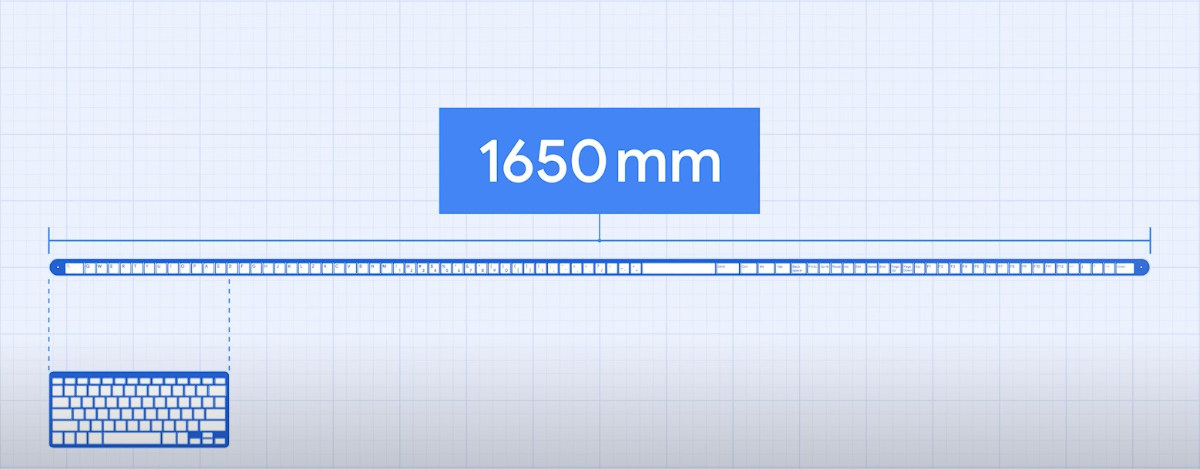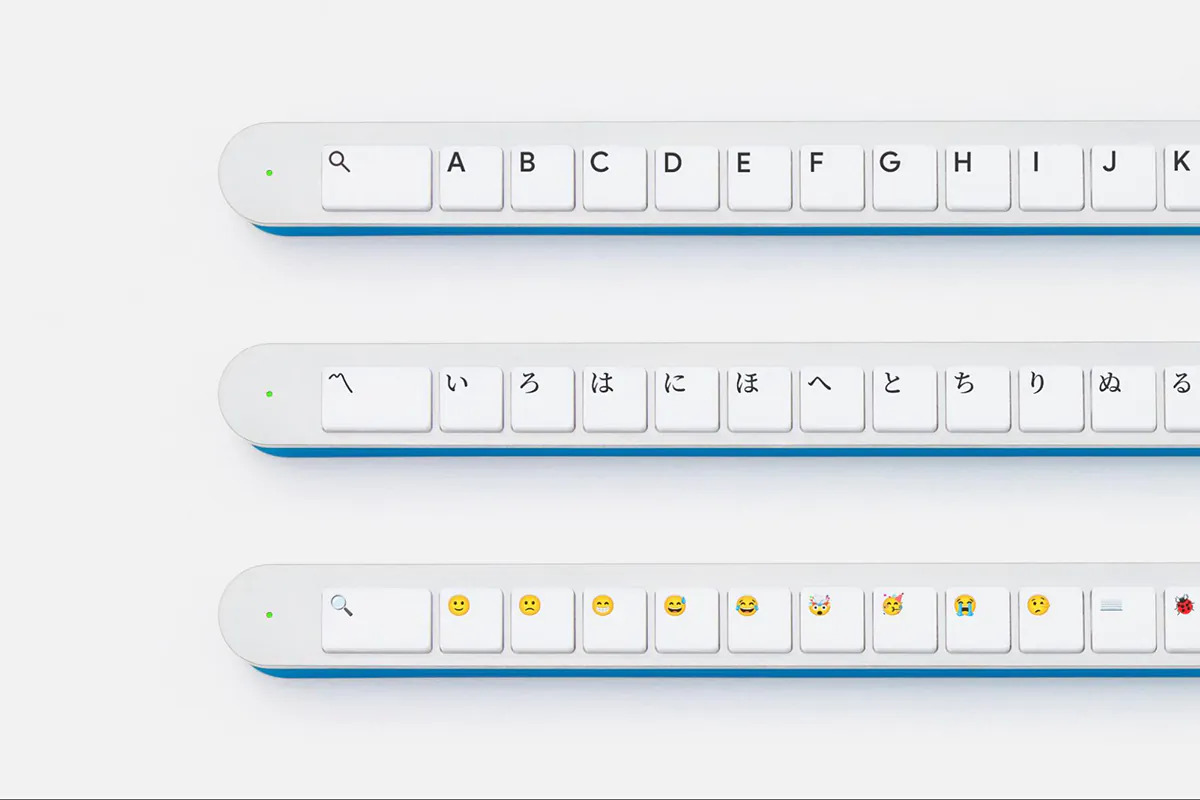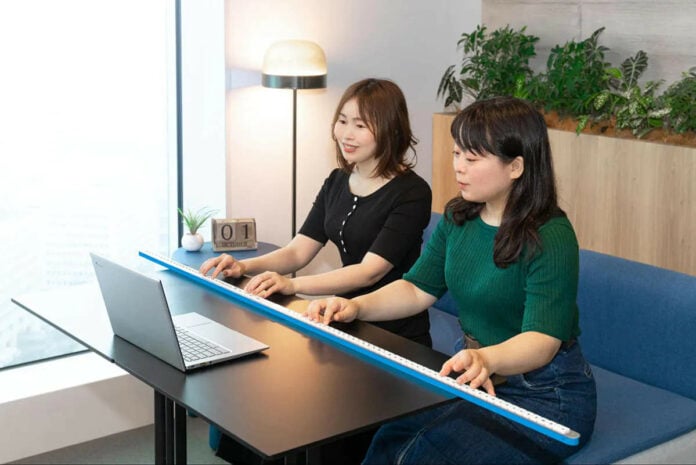Google Japan just created the ultimate meme called the Gboard Bar, which is a hilariously-long keyboard that has each and every key lined up in one row.
The inspiration behind it all? Well, Google Japan says the traditional keyboard over the years has only ever focused on the word ‘key’ not giving the ‘board’ part of its innovation much attention. This is where the team behind this unusual creation stepped in. Since the direct Japanese translation of keyboard is キーボード(kii-bou-do), with the ‘bou’ part meaning bow or rod, Google Japan decided to create exactly that.

On to specs, the company says the original prototype measures in at about 2,400mm long, but through tireless effort and innovation, it’s now in one single row measuring in at a ‘sleek’ 1,650mm by 64mm, using a total of 16 boards to mount keys, and one board that serves as a main control centre. Based on the video reveal, we assume the Gboard Bar features only wireless connectivity with an integrated battery.

As far as the keyboard layout goes, starting from left to right, the first half begins with a dedicated search button, followed by every letter in either alphabetical or QWERTY arrangement, and then numeric keys. Around its midpoint onwards is the spacebar key, system keys, function keys, and cursor control keys, ending with the enter key. Though, keys can be rearranged and swapped out entirely according to ones needs. Dedicated emoji board, anyone?

Finally, owing to its length and durable structure, besides traditional typing the company claims you could use the Gboard Bar as a physical extension of your limbs to get to hard-to-reach places, use it as a hiking stick, with an attachable foot and net mount for catching bugs, or even a traditional measuring stick or ruler – simply tapping a key will display the approximate measurement on you phone or other compatible devices, and the list goes on. Funny, huh?
Google is not planning on releasing it to the masses, but instead has opted to keep the project open source, so that DIY builders can essentially build their own and, perchance, even improve on the design over time.
If you’re interested, all the information and resource requirements are available on Google’s GitHub page. For the full reveal and demonstration, click the video down below.

